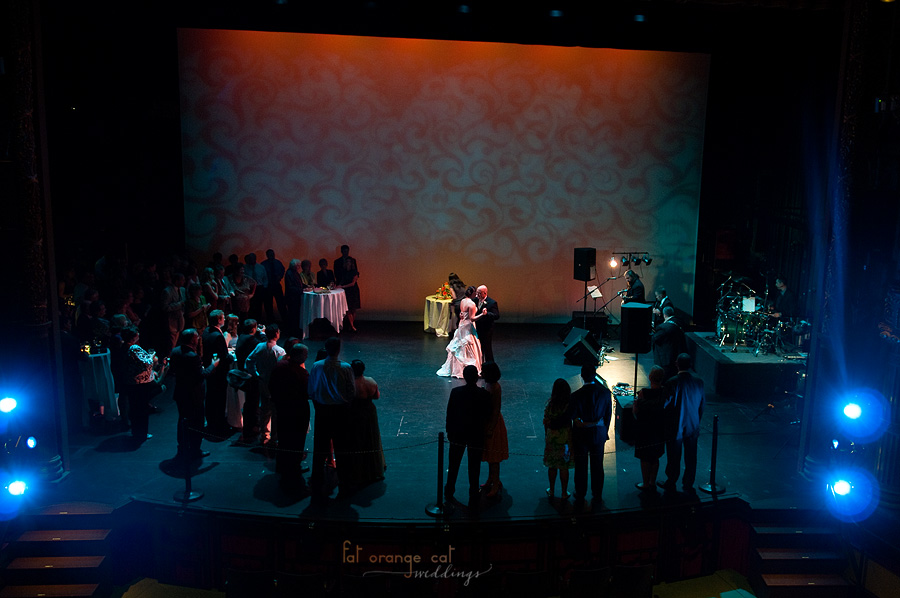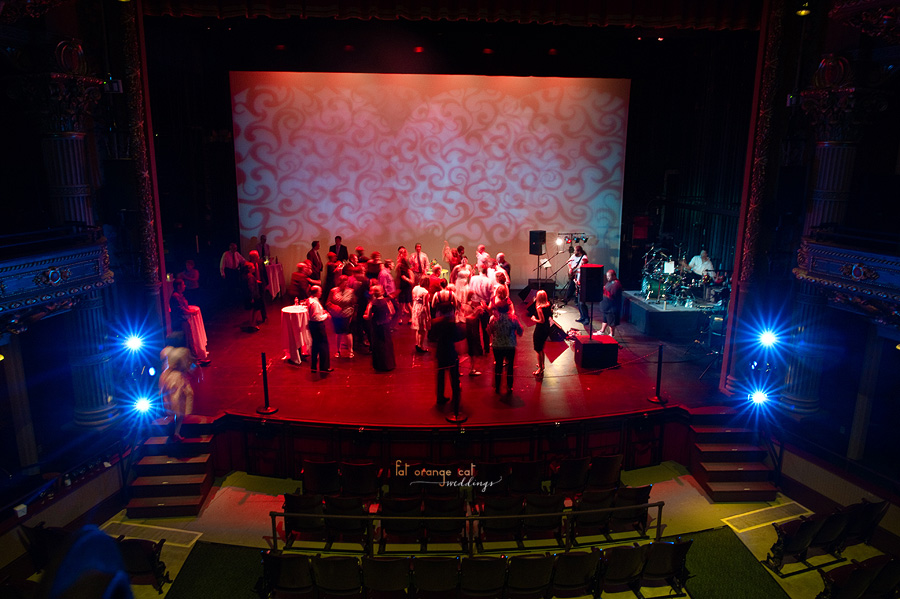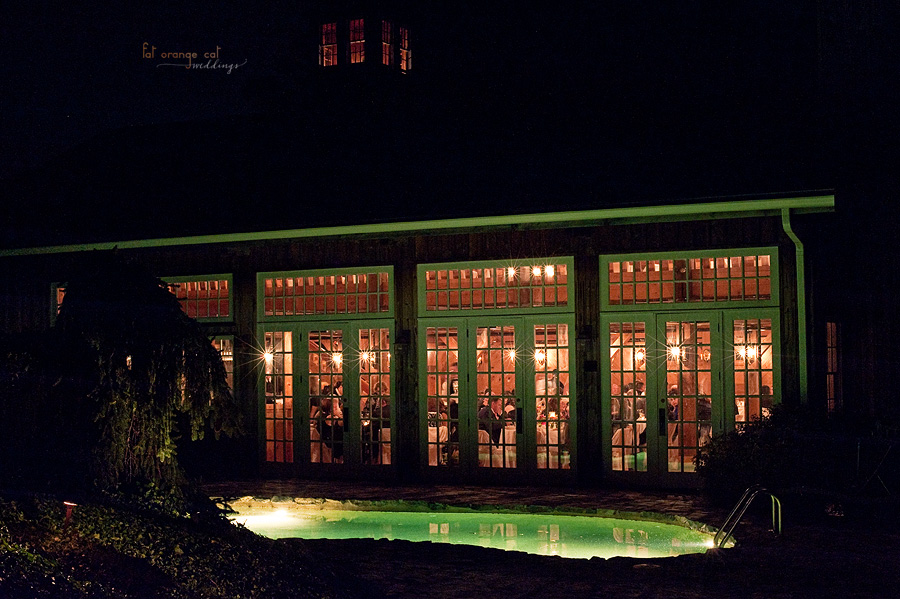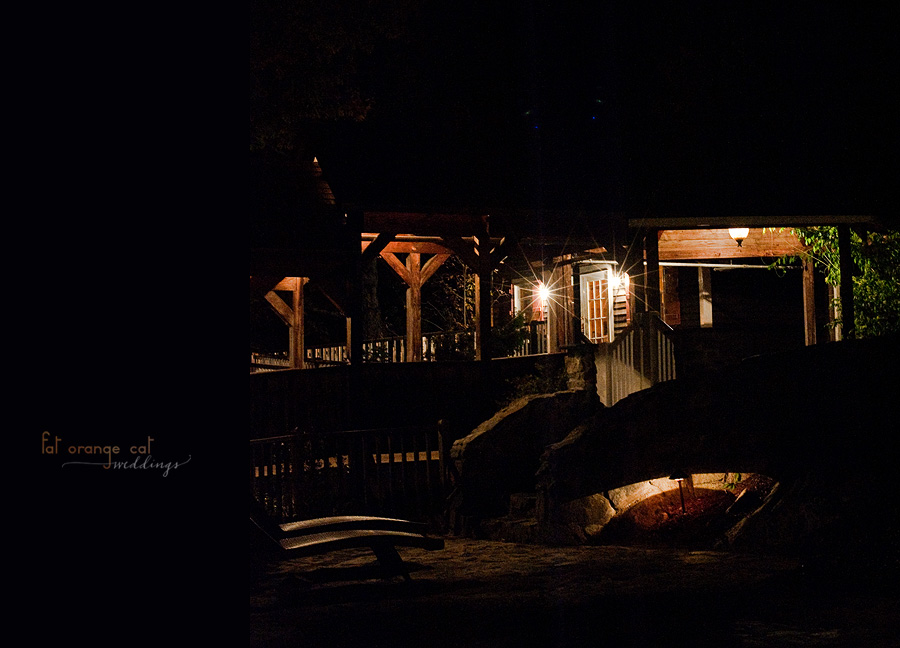I have lots of weddings and puppy shoots to share but it’s going to take me some time to curate them, so in the meantime I thought I’d share some new things I’ve been trying out lately. I’m trying to perfect turning a blob of light into a pretty star.
First and foremost, the smaller the camera’s aperture, the starburst-y the light source becomes. However I’ve found it’s not enough to just decrease your aperture (at least f/7) to turn a blob of light into a star. Where, how bright and how large the light source is takes into account, as is its distance from the camera. Constrasts between the light source and its surroundings also makes a difference. A candle flame in the middle of a brightly lit room, for example, won’t work.
I’m still figuring the perfect conditions for a starburst and taking notes! But here’s what I got so far…
The two photos below are from a wedding at the Colonial Theatre in the Berkshires, western Massachusetts. For comparison between blob and star, the first shot of the stage was taken (by Dan, give him a huge round of applause!) at f/3.2, 1/15 sec and ISO 280. At these settings, the bride and groom and picture as a whole are nicely exposed. It’s fine…but a little ho-hum.
^ f/3.2 | 1/15 sec | ISO 280
Below is the stage again, shot from the same location as above. Instead of shooting at f/3.2, I shot at f/8.0 to get the starburst. Under “normal” situations it’s kind of suicidal to be shooting at that aperture in such a dark room, but that starburst was gonna be mine. So to compensate the decrease in light getting to the camera, I slowed the shutter to 1/5 sec and upped ISO 1600, grabbing more ambient lighting. No tripod was used. To steady the camera I leaned it on the back of a seat and held my breath.
STARZ!
^ f/8.0 | 1/5 sec | ISO 1600
In the shot above, you can see the star on the left is even STARRIER (cleaner rays) than its counterpart because the spotlight is slightly obscured by the balcony. Less light, more distinct star.
The below are from the Red Lion Inn in Cohasset, MA at pitch dark.
Shot at 1/6 sec, f/8.0 and ISO 5000. These were all hand-held:
f/8.0 | 1/6 sec | ISO 5000
We use the camera to see what we see, but what I love about this kind of photography is that with a little camera know-how we can also use the it to see what we don’t. We can squint as much as we can, but with our bare eyes we won’t ever be able to turn a light flare into a starburst!
So if the light source is appropriate, I try doing these shots at each wedding. One day I’d love to encounter a string of lightbulbs at night and turn them into a string of stars!






i have that string of lights in my backyard! I’m SO going to try this! These shots are amazing Li!! Woohoo!!!
Niceeeeee!
Lenses with straight-edged aperture blades give much better starbursts than rounded ones, JIC you didn’t know that…
Wow- you have a very steady hand! Beautiful stars.
christmas is coming sooner than later – maybe you can find your string of lights then…
I love your philosophy of using the camera to see what we do not. PERFECT.
I am going on my second year in the pro-photography business and I’m learning new things continually, such as this posting – thank you for sharing. Jennifer